Drumstick | Moringa Oleifera |
₨3,375.00 Original price was: ₨3,375.00.₨2,925.00Current price is: ₨2,925.00.
Drumstick is one of the famous vegetable crop in India.Though the origin of drumstick is India, due to its medical uses it has reached other countries also.
Description for Drumstick, Moringa Oleifera
Moringa oleifera is the most widely cultivated species of the genus Moringa, which is the only genus in the family Moringaceae. It is a fast-growing, drought-resistant tree that is native to the southern foothills of the Himalayas in northwestern India but widely cultivated in tropical and sub-tropical areas. The tree itself is rather slender, with drooping branches that grow to approximately 10m in height. In cultivation, it is often cut back annually to 1 to 2 meters and allowed to regrow so the pods and leaves remain within a reach of an arm.
In developing countries, moringa has potential to improve nutrition, boost food security, foster rural development, and support sustainable land care. It may be used as forage for livestock, a micronutrient liquid, a natural anthelmintic and possible adjutant.
For edible landscaping, a Moringa tree is hard to beat. This versatile tree can be grown year round in any tropical climate, and successfully grown as an annual, in temperate zones. Fast-growing, nutritious, and lovely to behold, Moringa is gaining in popularity daily.
Moringa oleifera (synonym: Moringa pterygosperma) is the most widely cultivated species of the genus Moringa, which is the only genus in the family Moringaceae. English common names include moringa, drumstick tree, from the appearance of the long, slender, triangular seed pods, horseradish tree, from the taste of the roots which resembles horseradish, ben oil tree or benzoil tree, from the oil derived from the seeds.
| Common name | Flower colours | Bloom time | Height | Difficulty |
|---|---|---|---|---|
| Drumstic Also known as sajna, Arango, Ben Nut Tree, Clarifier Tree, Indian Horseradish, Jacinto, Kelor Tree, Malunggay, Marango, drumstick Tree, Horseradish tree, Senjana, Guggala, Mochaka, Shevga. | White | – | 10 to 12 m (32 to 40 ft) and the trunk can reach a diameter of 45 cm (1.5 ft). | Easy |
Planting and care
The Moringa plant is a fast-growing, drought resistant tree that can reach up to 3 meters in its first year. The Moringa tree is very easy to grow. Simply plant seeds or cuttings in a sunny spot. The moringa tree is a plant that grows mainly in semiarid, subtropical areas.
| Sunlight | Soil | Water | Temperature | Fertilizer |
|---|---|---|---|---|
| Full sun | It tolerates a wide range of soil conditions, but prefers a neutral to slightly acidic (pH 6.3 to 7.0), well-drained sandy or loamy soil. | Minimum annual rainfall requirements are estimated at 250 mm with maximum at over 3,000 mm, but in waterlogged soil the roots have a tendency to rot. | 25 to 35 degrees Celsius | Moringa trees will generally grow well without adding very much fertilizer. Manure or compost can be mixed with the soil used to fill the planting pits. Phosphorus can be added to encourage root development and nitrogen will encourage leaf canopy growth. In some parts of India, 15cm-deep ring trenches are dug about 10cm from the trees during the rainy season and filled with green leaves, manure and ash. These trenches are then covered with soil. |
Caring for Drumstick
Typical uses of Drumstick
Special features:
Culinary use: The soft pods of the drumsticks are utilized broadly within the preparation sambhar that is extremely popular in South India. However, there are certainly other distinctive recipes, a typical one being adding it within your soup, including a typical Asian flavor to it. A number of the culinary uses of drumsticks are:
- They are extremely delicious, and boost your urge for food.
- Sometimes, they are cut longitudinally into fine strips, and also cooked along with spicy gravy as well as chilly.
- If you are out for the formal meal, drumsticks might be served by breaking it open, and you have got to consume the inner soft pods with the aid of your spoon.
- Throughout your family dinners, your teeth can certainly do the work of the spoon, since you do not need to be so formal.
- Usually the pods are consumed, whilst the outer skin is discarded.
- Drumsticks can also be used just for garnishing, simply by chopping them into tiny pieces.
- The soft sensitive green pods are occasionally also utilized in various other preparations, even with meat.
- Appetizing, whenever cut peeled and into finger lengths as well as cooked in spicy gravy.
- At a formal meal, the shell of the piece of drumstick is split open along with spoon and fork, and the spoon utilized to scrape out the tasty interior with its entire scrumptious flavor.
- During family meals the preferred technique is to get the section of drumstick using the fingers as well as scrape away the soft center using the teeth.
- The woody exterior is additionally chewed to extract flavor and after that discarded to the side of the plate.Ornamental use: NA
Medicinal use: Used in urinary problems, reduce inflammation, earaches, Dental caries, as a cardiac stimulant in asthma, Cough, Scurvy, Wounds and eye diseases
Intermittent fevers, epilepsy, hysteria, palsy, chronic rheumatism, gout, dropsy, dyspepsia and enlargement of the liver, Paralysis. Note : Please consult your health expert.
References
- http://www.healthbenefitstimes.com/health-benefits-of-drumsticks/
- http://miracletrees.org/growing_moringa.html
- http://www.flowersofindia.net/catalog/slides/Drumstick Tree.html
Be the first to review “Drumstick | Moringa Oleifera |” Cancel reply
You must be logged in to post a comment.
Only logged in customers who have purchased this product may write a review.
See some of our delivered orders by Clicking here
Applicable on Plants Only: As plants are diverse in appearance, the image is for reference. The plant delivered may vary in size. Price is according to the plant size delivered.
"For Plants Only " All our plants come in living room ready condition in a high quality plastic pot. See The PotRelated products
Indoor Plants
Money Plants
Outdoor Plants
Outdoor Plants
Outdoor Plants
Outdoor Plants

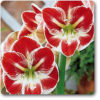
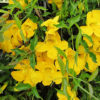
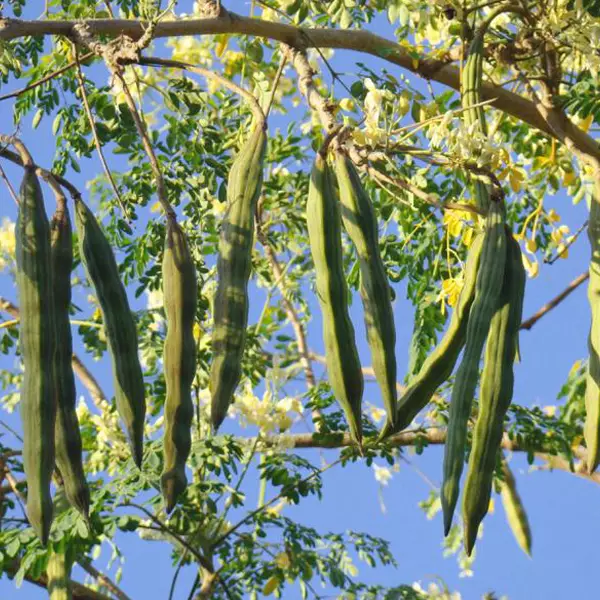
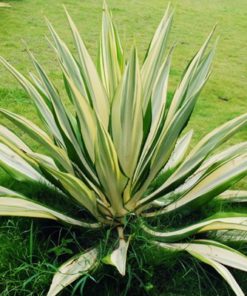
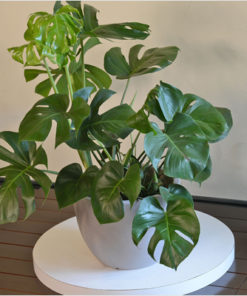
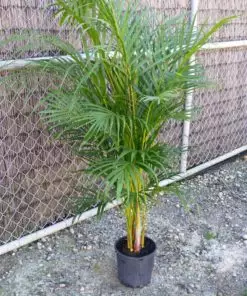
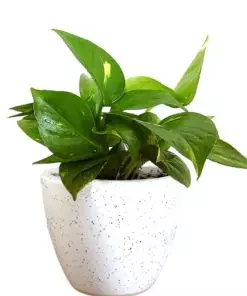
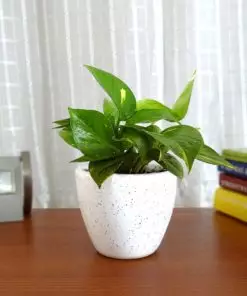
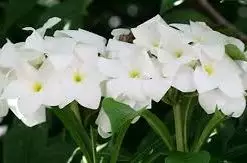
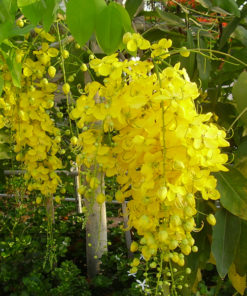
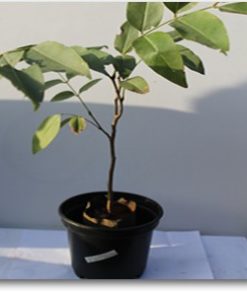
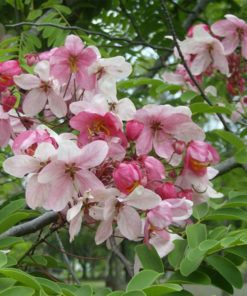
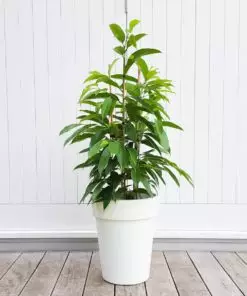
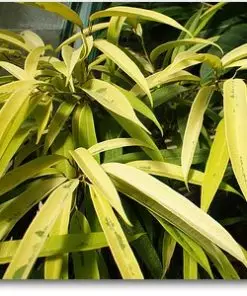
Reviews
There are no reviews yet.